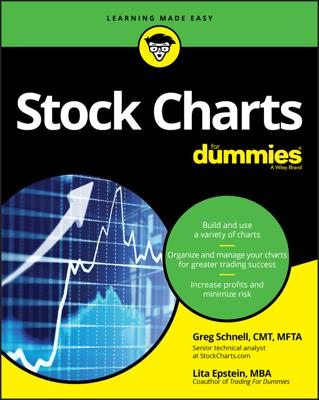Nasdaq indexes are similar to other stock indexes in style and structure. The only difference is that, well, Nasdaq indexes cover companies traded on the Nasdaq. The Nasdaq has two indexes (both reported in the financial pages of newspapers and financial publications).
Nasdaq Composite Index: Most frequently quoted on the news, the Nasdaq Composite Index covers the more than 5,000 companies that trade on Nasdaq. The companies encompass a variety of industries, but the index’s concentration has primarily been technology, telecom, and Internet industries.
The Nasdaq Composite Index hit an all-time high of 5,048 in March 2000 before the worst bear market in its history occurred. The index dropped a whopping 60 percent by 2003 to approximately 2,000.
Nasdaq 100 Index: The Nasdaq 100 tracks the 100 largest companies in Nasdaq. This index is for investors who want to concentrate on the largest companies, which tend to be especially weighted in technology issues, which means it provides extra representation of technology-related companies such as Microsoft, Adobe, and Symantec.
In either case, although these indexes track growth-oriented companies, the stocks of these companies are also very volatile and carry commensurate risk. The indexes themselves bear this risk out; in the bear market of 2000 and 2001 (and even extending into 2002), they fell more than 60 percent.
Nasdaq became a formalized market in 1971. The name used to stand for “National Association of Securities Dealers Automated Quote” system, but now it’s simply “Nasdaq” (as if it’s a name like Ralph or Eddie).

